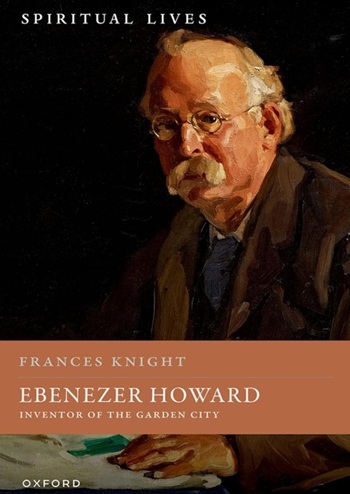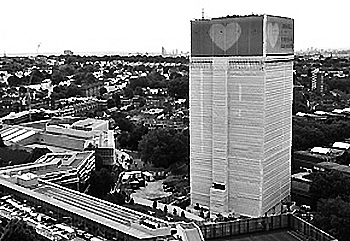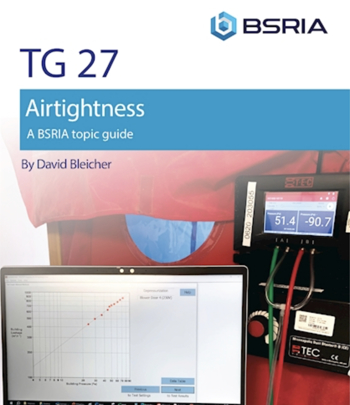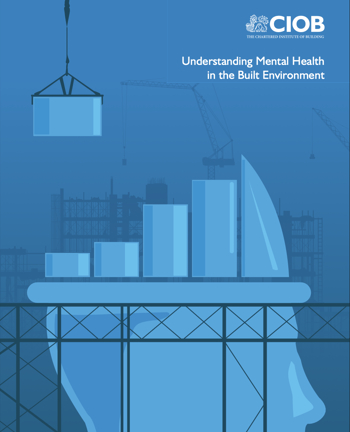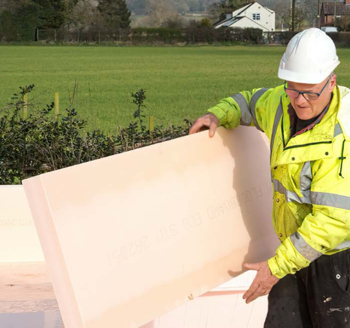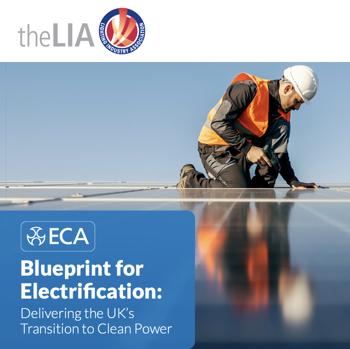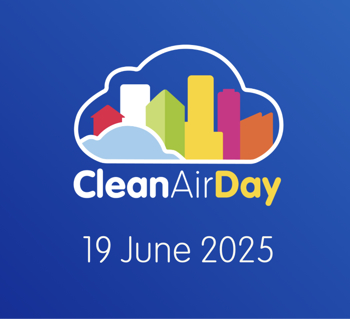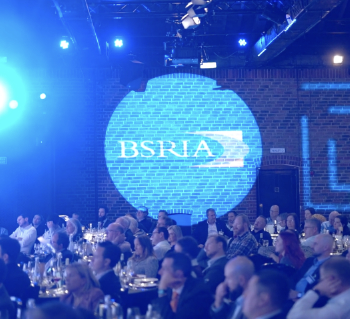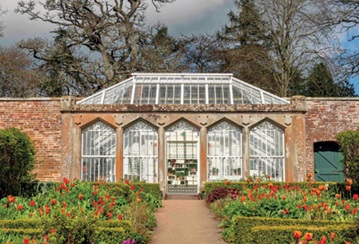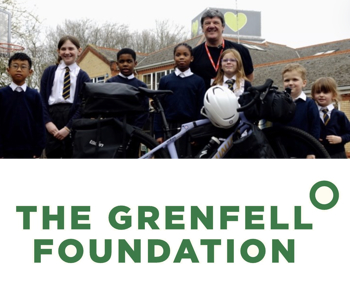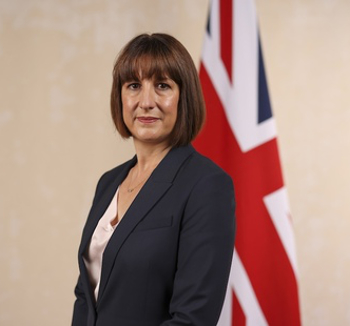Public art and buildings
Public art in its loosest sense covers any art works that are openly accessible to the public, or set within the public realm. such as sculptures in parks, murals on the outside of buildings and so fourth. English Heritage states the public realm. ‘…relates to all parts of the built environment where the public has free access. It encompasses: all streets, squares, and other rights of way, whether predominantly in residential, commercial or civic uses...’
Public art more specifically usually (but not always) refers to works of art that are commissioned by for example a local council as part of a development scheme, through a public arts programme or by individual donors. Sometimes the term might be used to describe art intervention carried out without permission, but have come to be appreciated and retained though this is normally referred to a street art. One example of this might be piece painted by Banksy on a Bristol Council office building without permission, a public vote organised by the council gained 98% in favour of keeping the work, so it was retained and may perhaps now be referred to public art.
In the UK public art pieces may be funded b a number of different routes. Public art in new developments might be funded through what is called a section 106 agreement or through the more recently adopted Community Infrastructure Levy (CIL). The former is a funding allocation that might be required as part of the approval for a new development or building to provide facilities for the community in the local area, the CIL is in effect the same principle but becomes a council fund that can be combined for larger interventions or spent in other areas than the immediate vicinity of the new development. Other possible funding routes may be through the Arts Council England and other institutions as well as through the National Lottery fund.
In the US a well know example of a public arts programme ran from the end of 1933 the middle of 1934, it was called the Public Works of Art Project (PWAP). At this time the US was affected by the Great Depression, the PWAP a work-relief program, employed professional artists to create sculptures, paintings, crafts and design for public buildings, which amounted to 3,749 artists producing some 15,663 works of art.
[edit] Related articles on Designing Buildings
- Art Deco.
- Art in the built environment.
- Art Moderne.
- Art Nouveau.
- Arts and craft movement.
- Bauhaus.
- Beaux Arts style.
- Coal holes, pavement lights, kerbs and utilities and wood-block paving.
- Conservation, climbing and graffiti.
- Different types of murals.
- Floorscape in art and design.
- Julian Opie Art Wall CitizenM Tower of London Hotel
- Trompe l'oeil murals.
- Nuclear Dawn mural, Brixton.
- Placemaking.
- Trompe l’oeil.
Featured articles and news
Ebenezer Howard: inventor of the garden city. Book review.
The Grenfell Tower fire, eight years on
A time to pause and reflect as Dubai tower block fire reported just before anniversary.
Airtightness Topic Guide BSRIA TG 27/2025
Explaining the basics of airtightness, what it is, why it's important, when it's required and how it's carried out.
Construction contract awards hit lowest point of 2025
Plummeting for second consecutive month, intensifying concerns for housing and infrastructure goals.
Understanding Mental Health in the Built Environment 2025
Examining the state of mental health in construction, shedding light on levels of stress, anxiety and depression.
The benefits of engaging with insulation manufacturers
When considering ground floor constructions.
Lighting Industry endorses Blueprint for Electrification
The Lighting Industry Association fully supports the ECA Blueprint as a timely, urgent call to action.
BSRIA Sentinel Clerk of Works Training Case Study
Strengthening expertise to enhance service delivery with integrated cutting-edge industry knowledge.
Impact report from the Supply Chain Sustainability School
Free sustainability skills, training and support delivered to thousands of UK companies to help cut carbon.
The Building Safety Forum at the Installershow 2025
With speakers confirmed for 24 June as part of Building Safety Week.
The UK’s largest air pollution campaign.
Future Homes Standard, now includes solar, but what else?
Will the new standard, due to in the Autumn, go far enough in terms of performance ?
BSRIA Briefing: Cleaner Air, Better tomorrow
A look back at issues relating to inside and outside air quality, discussed during the BSRIA briefing in 2023.
Restoring Abbotsford's hothouse
Bringing the writer Walter Scott's garden to life.
Reflections on the spending review with CIAT.
Retired firefighter cycles world to raise Grenfell funds
Leaving on 14 June 2025 Stephen will raise money for youth and schools through the Grenfell Foundation.
Key points for construction at a glance with industry reactions.






